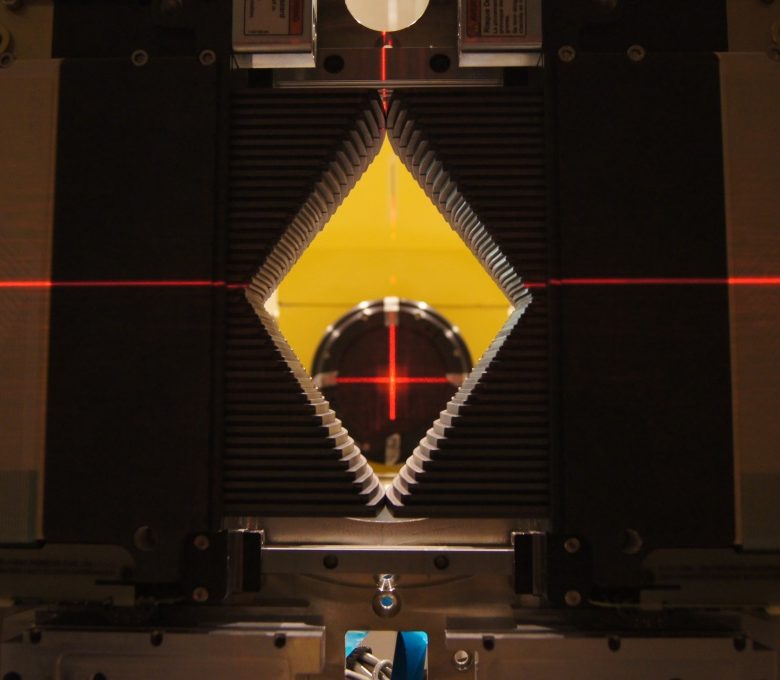The Australian MRI-Linac at the Ingham Institute is a world-first research and technology project that will redefine and improve radiation treatment for cancer.
The centrepiece of the program is a 12-tonne high-tech device, that combines a magnetic resonance imaging (MRI) scanner and a radiotherapy linear accelerator (Linac) into one integrated system – the MRI-Linac.
This world-leading technology is housed in the Ingham Insitute’s research bunker within South West Sydney’s Cancer Therapy Centre at Liverpool Hospital.
The Ingham Institute is one of only four institutions in the world developing MRI-Linac technology. The Australian innovation includes many design and technology features unique to this device: it is the first high-field ‘inline’ system.
The program is enabling researchers to develop world-class solutions that will improve the effectiveness of radiation therapy for people living with cancer.










